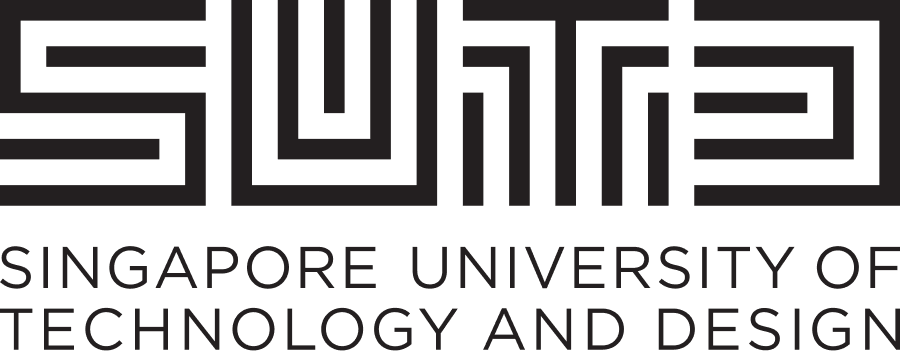FAQs
What is the breakdown of the destinations of ISTD fresh graduates?
What is the pay distribution of fresh graduates?
Which specialization track of ISTD has the highest graduate employment rate?
Which specialization track has the highest monthly salary?
How prepared will ISTD students be for an AI intensive career with the AI track?
Artificial Intelligence is a mix of many technologies.
For students going for the AI track, ISTD has a rich collection of subjects to offer. These includes:
- Artificial Intelligence
- Machine Learning
- Theory and Practice of Deep Learning
- Computational Data Science
- Natural Language Processing
- Computer Vision
These subjects provide students with a strong foundation in both the theoretical and practical aspects of AI, covering essential algorithms, data analysis techniques, and neural networks. Through these courses, students gain hands-on experience in developing AI solutions and applying them to real-world problems across various industries.
By working on projects and utilizing cutting-edge tools, ISTD students develop critical skills in problem-solving, data analysis, and the implementation of AI models. This track prepares them for a range of AI-intensive careers, such as AI engineers, data scientists, and machine learning specialists, equipping them to lead in a rapidly evolving field.
